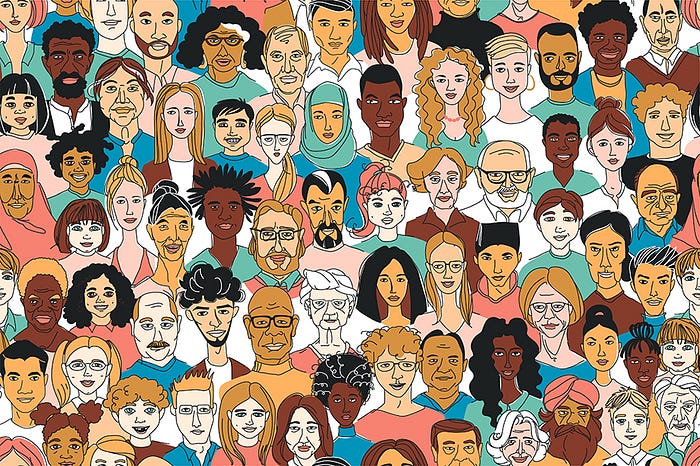Member-only story
Should inclusive design be a UX concern?
The data may surprise you.

Is inclusive design really necessary for creating great user experiences?
If you look at how often inclusive design is discussed in UX design articles, courses, books, etc., you’re likely to think inclusive design is optional or gold-plating.
UX design articles rarely promote inclusive design as a foundational principle; instead its typically discussed as a ‘speciality’ field. Designing for disabilities is gaining some traction but designing for inclusiveness of other aspects of our identities — our race/ethnicity, gender, skin color, age, size, sexual orientation — is still widely overlooked.
People in leadership positions — C-suite executives, product owners, product managers — need data for motivation and justification to allocate resources to user research and inclusive design. So, I pulled together some data about users, their experiences, and their expectations about inclusive products to share with leadership in your company/organization…
Disability-inclusion
The World Health Organization reports that 15% of people worldwide (1.2 billion) live with some form of disability. Nonetheless, evaluations of home pages for the top 1 million websites have found very little improvement in web accessibility over the past four years. The percentages of homepages with inaccessibility issues have been: 97.8% in 2019 and 2020, 97.4% in 2021, and 96.8% in 2022.
Should disability-inclusive design be a UX concern?

A few resources to learn more:
- Accessibility Checklist [reference tool]
The A11y Project - Accessibility Fundamentals [course]
Deque University - Accessibility for Everyone [book]
Laura Kalbag - Giving a damn about accessibility [article]
Sheri Byrne-Haber, CPACC - Inclusive Design for a Digital World [book]
Reginé M. Gilbert







